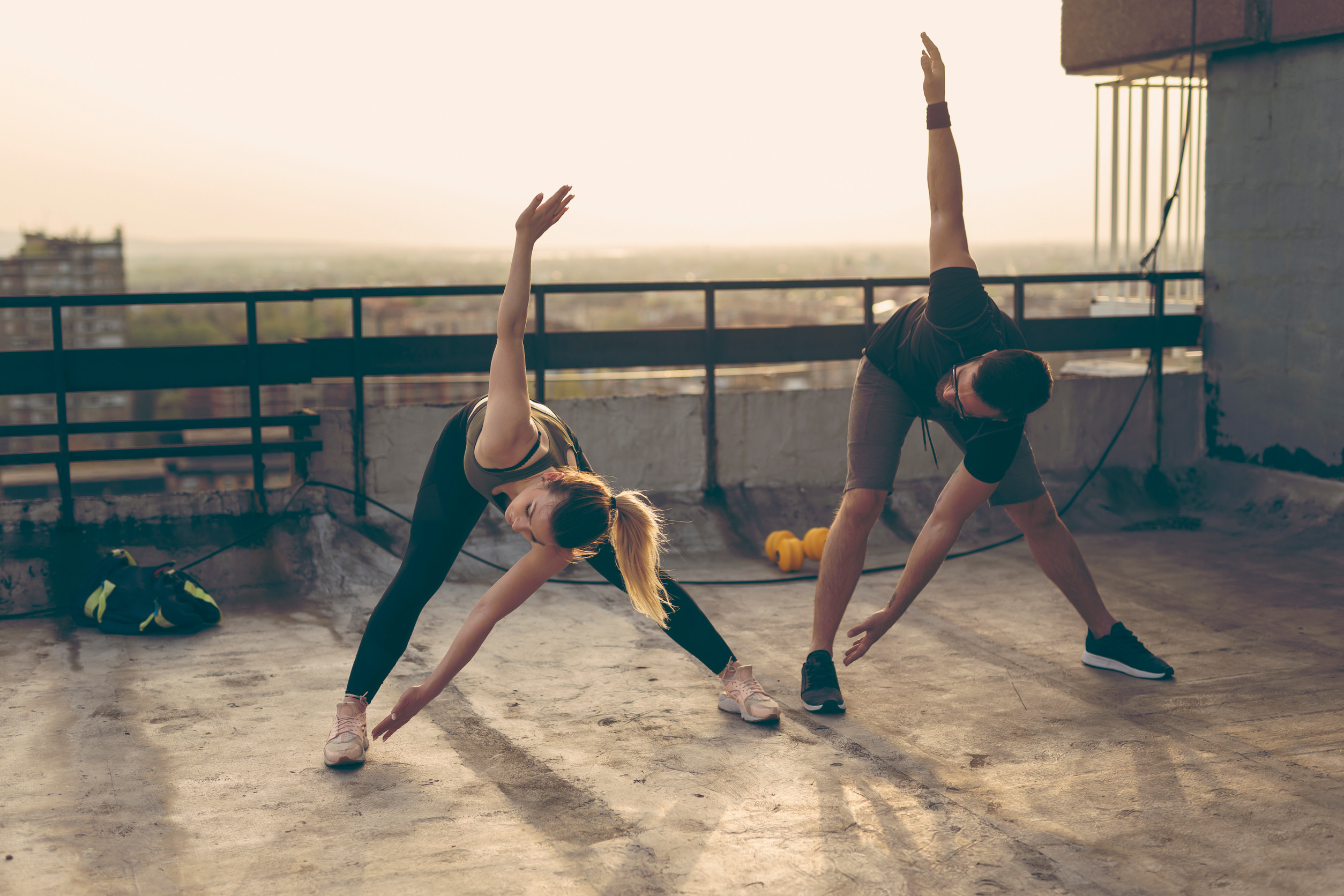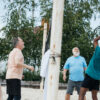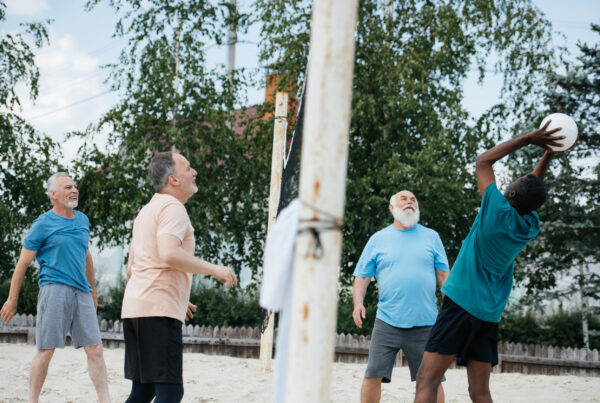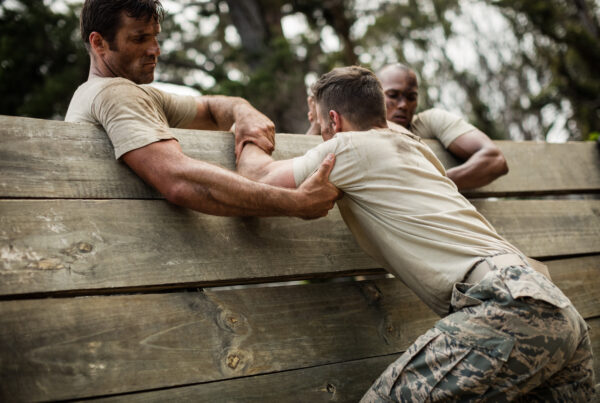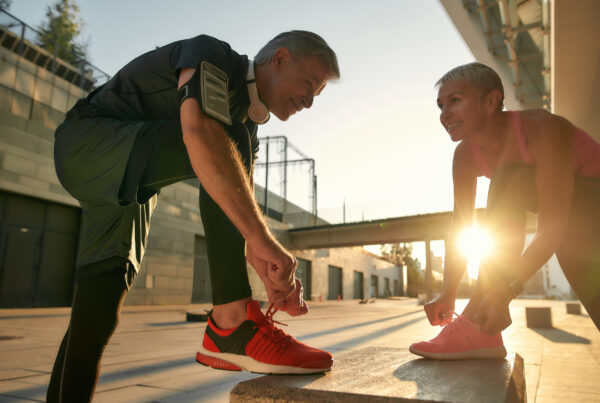”Question: How can the modern military and Veteran community use International Yoga Day to improve their wellness?
Reading time: 6 Minutes
MWi Hack:
- International Yoga Day connects the global military and Veteran community—including families, spouses, and caregivers—through accessible, free online yoga resources that provide powerful tools for healing trauma, managing chronic pain, and building supportive communities from the comfort of home.
MWi Summary:
- International Yoga Day (June 21st) serves as a global catalyst for wellness within the military and Veteran community, including their families, spouses, caregivers, and support networks.
- Yoga addresses unique military challenges like PTSD, traumatic brain injuries, chronic pain, and difficult transitions from military to civilian life through breath control, physical postures, and mindfulness practices.
- The practice is highly adaptable and accessible to Veterans with varying physical limitations, from wheelchair users to amputees, making it suitable for all ability levels and ages.
- Free online resources including YouTube channels, mobile apps, and virtual classes mean Veterans and military families can access quality yoga instruction from home regardless of location or budget constraints.
- Community-building benefits include specialized military family classes, opportunities for Veterans to connect with others who understand their experiences, and essential self-care tools for caregivers dealing with secondary trauma.
International Yoga Day, established by the United Nations in 2014 and celebrated annually on June 21st, has emerged as a powerful catalyst for wellness within the military and Veteran community, extending its healing reach to spouses, children, caregivers, family members, and friends who form the essential support network around those who have served.
The intersection of yoga and military culture represents a profound shift in how we approach mental health, physical recovery, and community building within the Veteran ecosystem. For decades, the military community has grappled with unique challenges including post-traumatic stress disorder, traumatic brain injuries, chronic pain from service-related injuries, and the often difficult transition from military to civilian life. These challenges don’t exist in isolation—they ripple through entire families, affecting spouses who become caregivers, children who struggle to understand their parent’s invisible wounds, and friends who want to help but don’t know how.
Yoga offers a uniquely accessible path to healing that addresses both the physical and psychological dimensions of military service impact. The practice’s emphasis on breath control directly benefits Veterans dealing with hypervigilance and anxiety, providing concrete tools for managing fight-or-flight responses that can persist long after service ends. The physical postures help address chronic pain and mobility issues common among Veterans, while the meditative aspects offer a secular approach to mindfulness that can reduce symptoms of PTSD and depression.
What makes yoga particularly valuable for the military community is its adaptability. Unlike high-impact exercise routines that might be impossible for Veterans with physical limitations, yoga can be modified for wheelchair users, amputees, or those with limited mobility. The practice can be as gentle or challenging as individual circumstances require, making it accessible to the 22-year-old Veteran dealing with traumatic brain injury and the 65-year-old Vietnam Veteran managing arthritis with equal effectiveness.
The community aspect of yoga practice has proven especially beneficial for military families. Group classes create opportunities for Veterans to connect with others who understand their experiences without the need for extensive explanation or justification. Spouses and family members participating alongside their Veteran loved ones develop shared coping strategies and create positive rituals that strengthen family bonds. Many yoga instructors now offer specialized classes designed specifically for military families, creating safe spaces where the unique dynamics of military life are understood and honored.
The accessibility of yoga resources has been revolutionized by digital platforms and online communities. Free YouTube channels, mobile apps, and virtual class offerings mean that Veterans in rural areas, those with mobility challenges, or families managing tight budgets can access quality instruction from their homes. Organizations like Veterans Yoga Project, Mindful Yoga Therapy, and Warriors at Peace have developed specialized programs that combine traditional yoga practices with trauma-informed approaches specifically designed for military populations.
International Yoga Day serves as an annual reminder and catalyst for engagement, encouraging military communities worldwide to explore or deepen their yoga practice. The day’s global observance helps normalize yoga within military culture, creating opportunities for service members and Veterans to discover healing practices that can transform their well-being.
The practice also offers unique benefits for military caregivers—often spouses or family members who experience secondary trauma from supporting their Veteran loved ones. Caregiver burnout is epidemic within military families, and yoga provides essential self-care tools that help these crucial support people maintain their own physical and emotional well-being while continuing to care for others.
Research continues to validate what military yoga practitioners have known experientially—that regular yoga practice reduces inflammation, improves sleep quality, decreases anxiety and depression symptoms, and enhances overall quality of life. For a community that has given so much in service to others, International Yoga Day represents an invitation to turn that same dedication toward self-care and healing.
As we observe International Yoga Day, the military and Veteran community stands as a powerful example of how ancient practices can address modern challenges, creating pathways to healing that honor both individual struggle and collective strength.


